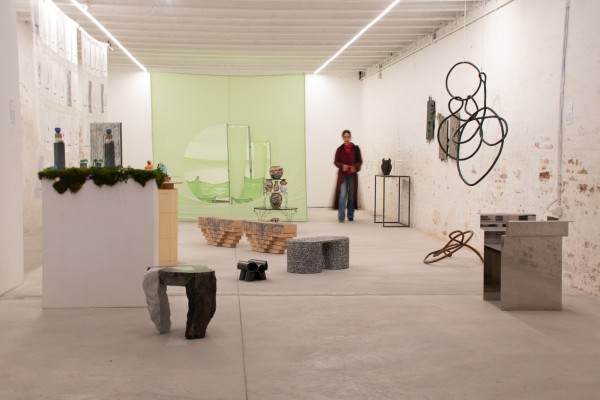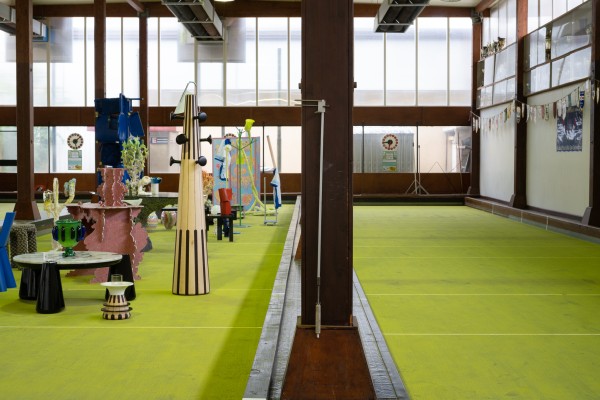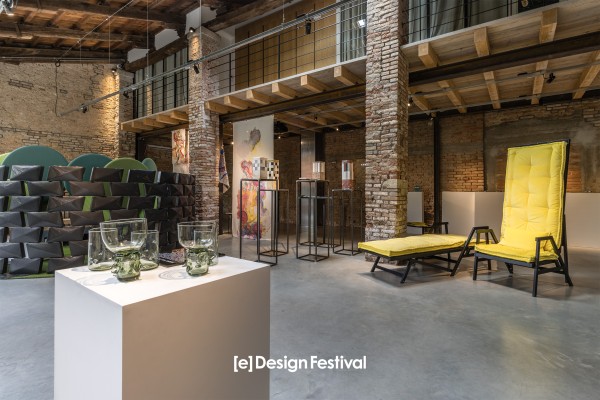The fourth edition of the Venice Design Biennial opened from May 19 to June 18, 2023, under the theme of Auto-Exotic.
Curatorial theme
"The exotic is dead - long live the exotic. They stole from us elsewhere! What is to be done? There will be a selfelsewhere somewhere else. Designers from all over the world unite, self-colonize, self-appropriate!
In his seminal essay Orientalism (1978), Edward Said showed how since the eighteenth century the cultural investigation of the East, understood as the physical and mental space of exoticism, revealed conceptual connections with colonialist practices. Elsewhere, populated by odalisques and caliphs, full of mysteries and sensuality, exercised a fascination in Europe that was intertwined with the practices of political, military and commercial hegemony.
Exciting passivity, femininity, indolent sensuality-sexuality, immobility, traditionalism, irrationality: all distinctive traits projected on the East to obtain in negative the mold where to pour the incandescent material - virile, progressive, rational - of Western identity.
In recent years, two interrelated phenomena have emerged, which have radically altered this scenario. On the one hand, “exotic” cultures and civilizations have spectacularly reversed the cliché of immobile traditionalism. The great emerging powers are located outside the West. It is the West that shows signs of declining immobility. Elsewhere has found its voice - and it is different from what we expected.
The other phenomenon is the correlative decline of globalization as we have known it, that is, as a perpetual expansive motion of Western capitalism. In all likelihood, capitalist dominance remains, what is wavering is its western declination, with the corollary of social and political aspects, whose export value has turned out to be modest to say the least. In the meantime, globalization has done its job, and everything that in the past manifested itself in an aura of unattainable distance now appears to be at hand anytime, anywhere, without delay.
The consequence is that the search for the exotic, for the exciting and mysterious elsewhere, slides towards a horizon that no longer extends geographically, but rather collects itself in the more or less hidden folds of our own culture of belonging, and in its own offshoots both in the sense of marginality and avant-garde.
The challenge for designers today is how to investigate this otherness, near and far, in a way purified of stale prejudices, but not without the radicalism of those who want to break down prejudices. The Venice Design Biennial wants to invite them to present their vision in a city that is the cradle of the concept of the exotic, a hinge between West and East, where the account of Marco Polo’s legendary journey for the first time opened new horizons to the gaze and to the imagination applied to an elsewhere beyond the limits of known experience."




















